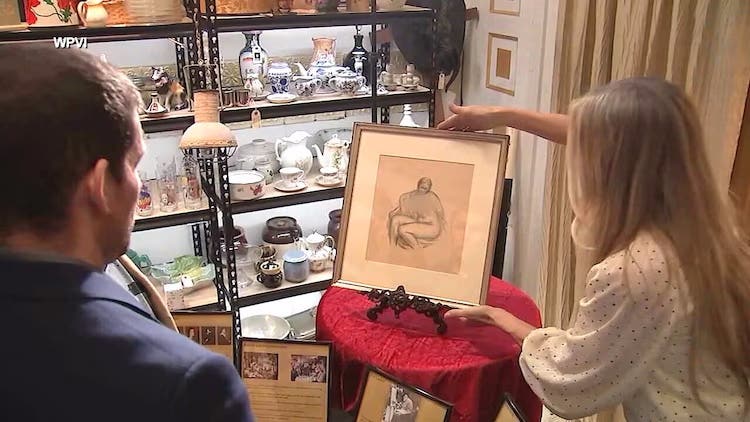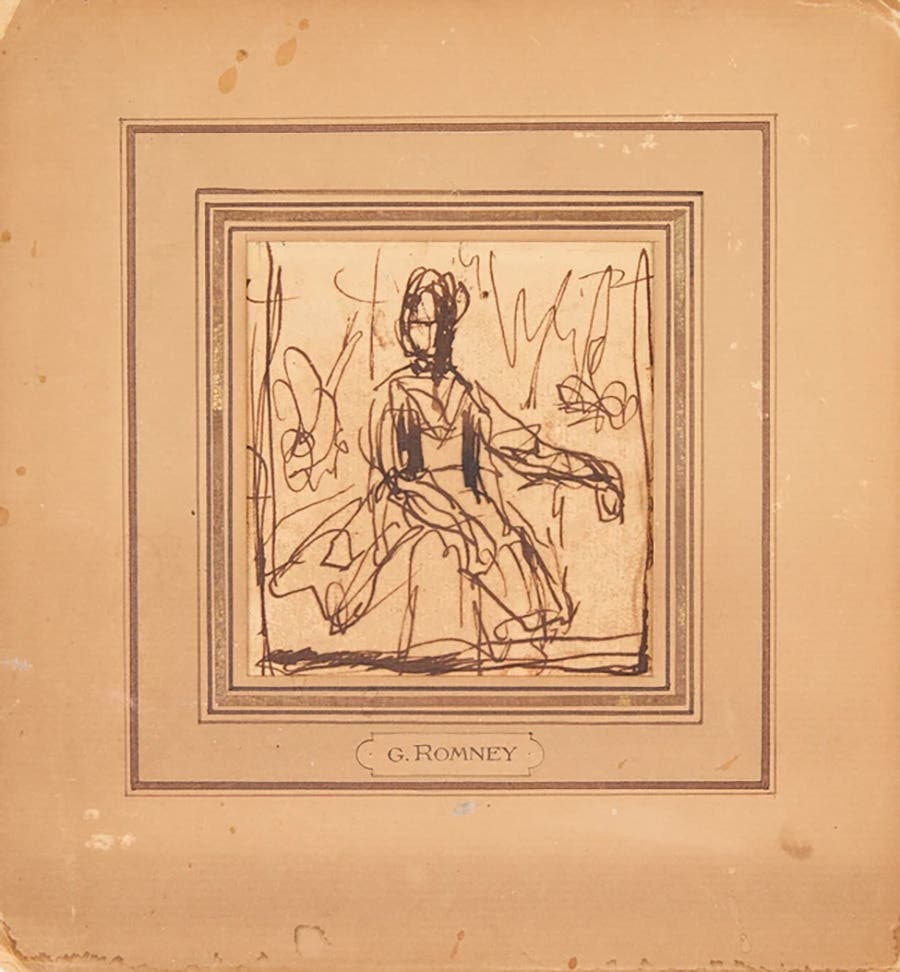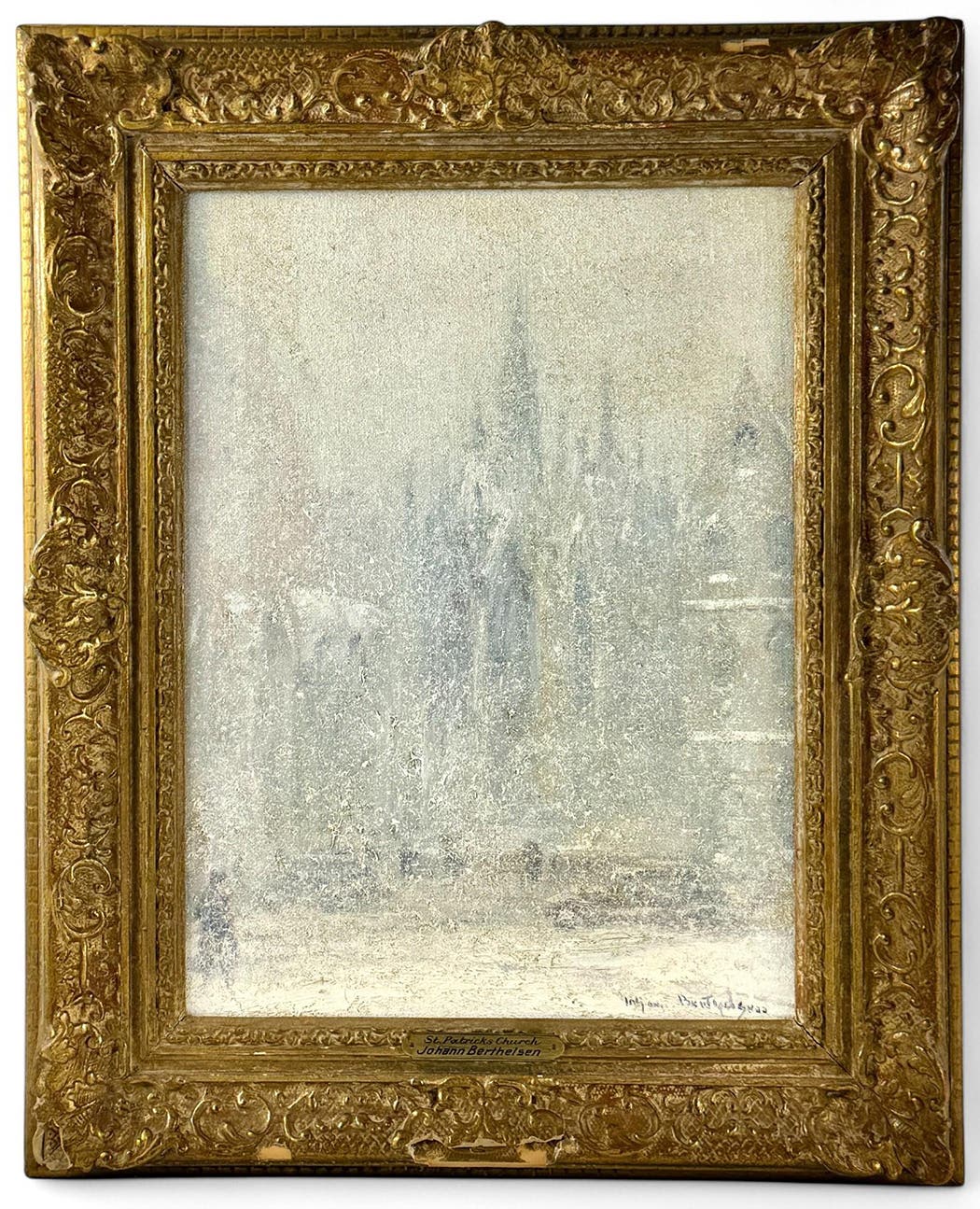Imari values mean there are pieces for everyone
Imari ware, produced after the discovery of exceptionally fine kaolin in 1616 (Edo era), is a broad term for the first porcelain ever produced in Japan.
Imari ware, produced after the discovery of exceptionally fine kaolin in 1616 (Edo era), is a broad term for the first porcelain ever produced in Japan. It is also known as Arita ware, named for its source, the traditional ceramics area on Kyushu Island. Initially, Imari utilitarian tea bowls, rice bowls, and dinner plates featured simple, hand painted, Korean-style cobalt blue designs against white grounds. Because these thickly potted, thinly glazed, grainy quality dinner ware pieces were very expensive, they were generally used by Japan’s privileged classes.
17th century Imari
Innovative, multicolor Imari ware, created by painting bright enamel over their glazes, appeared in the 1630s. Their vivid, overglaze fauna, floral, and figural motifs, realized in green, yellow, red, back, and underglaze blue, adorned useful items like bottle vases, saki flasks, mugs, bowls, and pots. Thereafter, Imari porcelain featured elaborate, colorful designs.
Though political turmoil halted production, and export of Chinese porcelain in the 1650s, international demand for Far Eastern decorative items continued. In response, the Dutch East India Company began shipping Japanese Imari ware instead.
Though production of simply styled, blue and white Imari cups, plates, and bowls continued as before, many of their export ware, through form, decoration and style, were especially tailored to appeal to European tastes. In fact, Dutch artists often provided Imari potters with prototype figural designs. For example, of colorful Japanese courtesans, naturalistic hunting dogs, and spirit kegs fashioned into cheery, drunken Dutchmen astride barrels. Very few of these highly prized “Old Imaris,” which were produced before 1750, reach today’s market. Those that do are generally very costly.
By about 1680, simple, sparse Imari designs had become not only brighter and asymmetrical, but also more complex. They often feature crisp, red, blue, and green images of dramatically styled birds and floral scenes against milky-white grounds.
Their shapes were often quite sophisticated, as well. Examples include square, octagonal, or hexagonal plates and bottles, and fluted bowls, dishes, and vases with lobed edges.
18th century Imari
From around 1700, high quality, delicate Imari ware from the Kakiemon kiln dominated both the domestic and export market. Their overglaze, enameled motifs are derived from the classical Japanese style of painting. They include geometrics, cranes, courting birds, flowering plums, and pines. Peonies, bamboo, cherry blossoms, and floral scrolling are also popular motifs. Designs are realized in various shades of blue, iron red, yellow, black, and eggplant purple enamel. Some also incorporate gold in their designs.
During this period, overglaze pieces produced at the Nabeshima kiln dominated the market as well. The pieces feature sparsely arranged, bold, subtly colored, sophisticated motifs derived from traditional Japanese fabrics. In fact, porcelains produced at both these kilns, which were created expressly for use by feudal lords, shogunal families, and members of the Japanese ruling classes, are considered to be among the finest Japanese porcelain ever produced. They also dominated the European market through the mid-1750s, when fashionable, matching sets often adorned shelves and mantlepieces of the aristocracy.
These refined, unusually high quality Kakiemon and Nabeshima Imari pieces are the rarest and most expensive of all at auction today. Yet many Western collectors tend to overlook their simple, but elegant designs. They are characterized by soft colors, smooth surfaces, and natural motifs. Japanese and Westerners with a strong sense for the Japanese aesthetic, however, are always in pursuit of these exceptional items. One of their highly desirable plates can easily reach into five figures.
Imari export porcelain
In the mid-18th century, China began flooding the European market with similar, yet far less expensive, pieces. These pieces are known as “Chinese Imari.” At that time, Japanese exports declined considerably.
Also, because the Imari style had become so popular, enterprising European kilns joined suit. Meissen, Royal Crown Derby, Chantilly, and Worcester also produced Imari-inspired designs. Over time, the term “Imari” came to mean any densely decorated, gilded porcelain featuring Oriental style motifs in vivid shades of gold, green, red, and underglaze blue.
Exports of authentic Japanese Imari rose once more during the late 19th century Meiji era. At that time, Japonism, a fascination with all things Japanese, was influencing Europe’s art and design landscape.
“Though many matching or oversized, richly appointed pieces of this era, which were produced solely for decoration, are of lesser quality than previous creations, they are currently in high demand when well executed,” explains Matthew Baer, dealer at www.ivorytowerantiques.com. “A really nice Meiji Period Imari vase in the 12-to-16-inch size range,” he adds, “can retail anywhere from $1,000 to $5,000 in today’s market.”
Imari values
“Currently, collectors consider Imari ware produced by the Koransha / Fukagawa kiln during the late 19th and early 20th centuries by far the most desirable,” Baer continues. Most tend to exhibit bold, dense, precise, well executed artwork. They often feature stylized motifs such as koi, irises, chrysanthemums, or bamboo, in appealing forms. These may seem most familiar to collectors because they are often displayed in homes and featured in decorating magazines. Yet their prices vary immensely. A well-decorated 19th century Koransha plate of good to excellent quality, for example, will generally run between $150 and $600. In recent years, however, medium and lesser quality pieces have seen a decline in their market value.
Moreover, though a wide range of high quality, traditional Imari ware is available in a variety of styles. Most enthusiasts are seeking pieces with fine and/or very unusual designs and forms. So unless something is of exceptional quality, it is often passed over.
“A beginning collector on a limited budget,” Baer suggests, “might consider seeking 19th century, traditional three-tone platters, vases, serving bowls, or charger plates.” Many of these are currently found for under $1,000 each.
Alternately, they might prefer seeking more interesting or unusual items. Items might include a small 19th century incense burner, covered rice bowl, figurine, or tea caddy. These are also found at reasonable prices.
One of the joys in collecting Imari is that there really is something available in every price range. Examples of this ancient art form are currently within reach of most everyone.
AntiqueTrader.com is a participant in the Amazon Services LLC Associates Program, an affiliate advertising program designed to provide a means for sites to earn advertising fees by advertising and linking to Amazon.com and affiliated websites.






